Affiliate links on Android Authority may earn us a commission. Learn more.
Here are the biggest tech and mobile blunders of 2018
Published onDecember 28, 2018
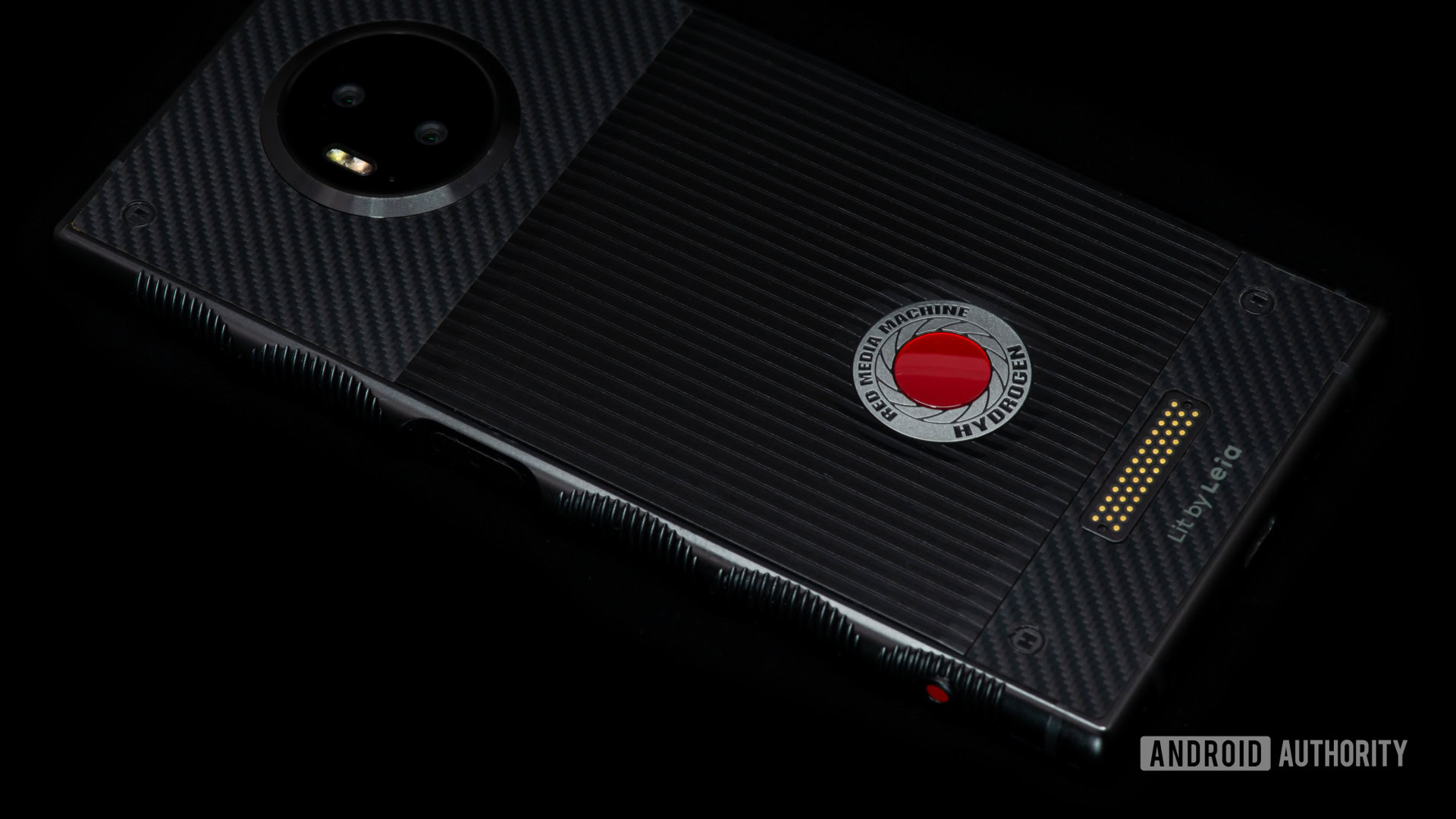
As 2018 comes to a close, many people in the tech industry will likely look back at the past 365 days with fondness. Others will wish they could forget 2018 entirely.
Plenty of blunders hit the mobile and tech industries in 2018. Many of them could have been avoided with just a little more thought and foresight from the people involved. Let’s take a look at the biggest tech and mobile blunders of 2018.
The Red Hydrogen One is DOA
The Red Hydrogen One experienced lots of release date delays. Many thought the long-awaited handset from the company behind the Red digital camera would become vaporware. In the end, perhaps it should have been. The final product was the single biggest smartphone release failure of 2018.
Launched in late October, the first problem with the phone was its high price of close to $1,300, even though it had hardware specs like 2017’s Qualcomm Snapdragon 835 processor, and Android 8.1 Oreo installed out of the box. The big selling point for the Red Hydrogen One was its “4-View” (4V) display, which showed off 3D effects without the use of glasses. In our review, we noted the 3D effects looked good, but the display itself was very pixelated.
We also noted issues like the huge 4,500mAh battery that didn’t last as long on a single charge compared to other phones with smaller batteries. In addition, the onboard cameras were not that impressive either, which is really odd coming from a company that’s all about great digital imagery. All of those flaws and more made this highly expensive first effort from Red a huge failure. It shows having a cool gimmick doesn’t excuse making a sub-par phone.
Huawei’s U.S. issues
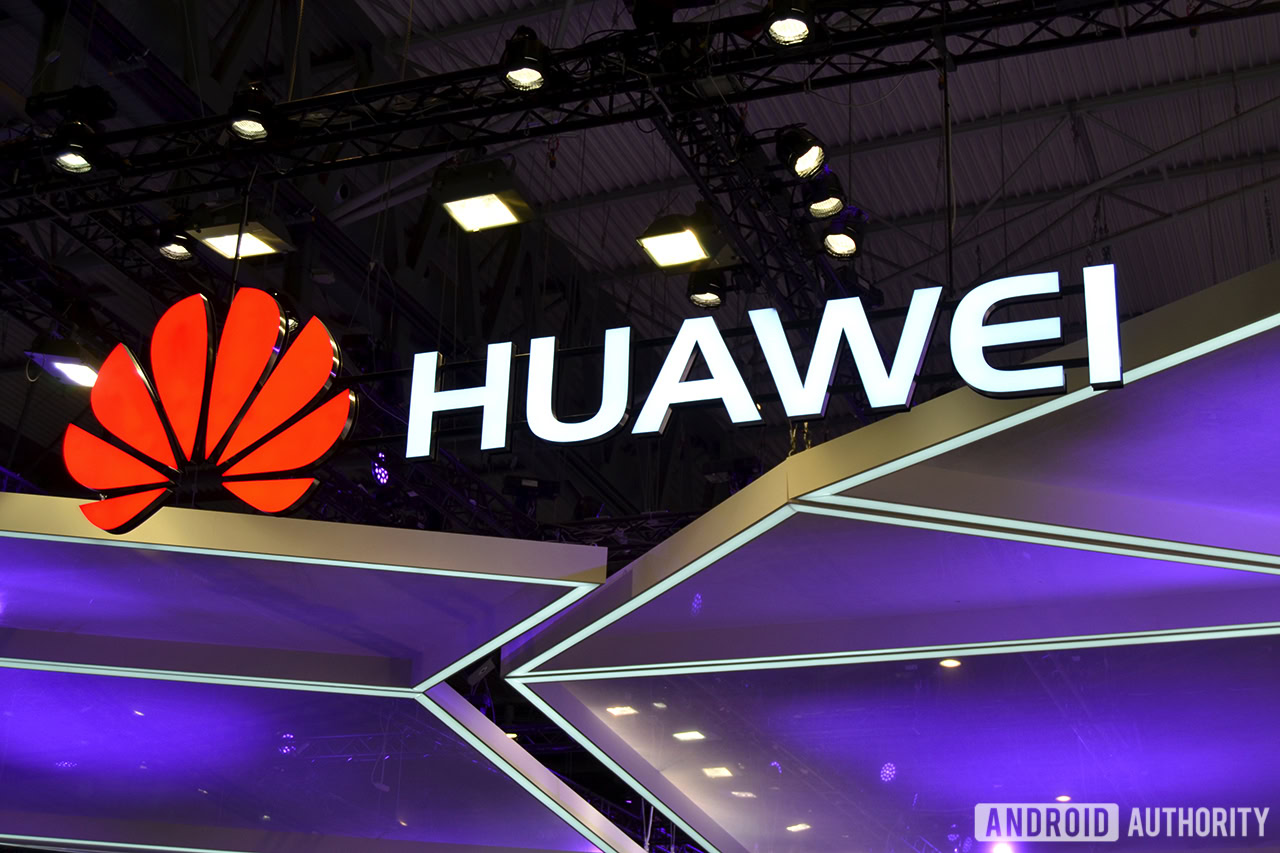
On the surface, HUAWEI had a great 2018. It released a number of great smartphones, including the HUAWEI P20 series and more recently the Mate 20 series. It is the number two maker of smartphones, behind Samsung, and revealed just a few days ago it shipped over 200 million handsets in 2018. However, its efforts to break into the U.S. market have hit roadblocks, mostly because of blowback from the government.
In January, HUAWEI was all set to officially announce at CES 2018 a deal with AT&T to start selling its phones via the carrier. However, AT&T pulled out of that deal at the last minute, reportedly due to pressure from U.S. lawmakers who claimed HUAWEI was a major security risk. This was not the first time Huawei’s faced such claims.
Things got even more serious in December, as Canadian law enforcement authorities arrested Meng Wanzhou, HUAWEI’s chief financial officer, at the request of the U.S. Reportedly, the U.S. wants to extradite Meng to face charges, alleging she and HUAWEI tried to circumvent U.S. trade embargoes with Iran. This could be just the beginning of HUAWEI’s problems with the U.S., as new reports claim the White House may issue an executive order in early 2018 banning its products from being sold to U.S. telecommunications companies. As bad as HUAWEI’s relationship with the U.S. government has been in the past, it could get even worse in the new year.
Google’s huge $5 billion fine from the EU
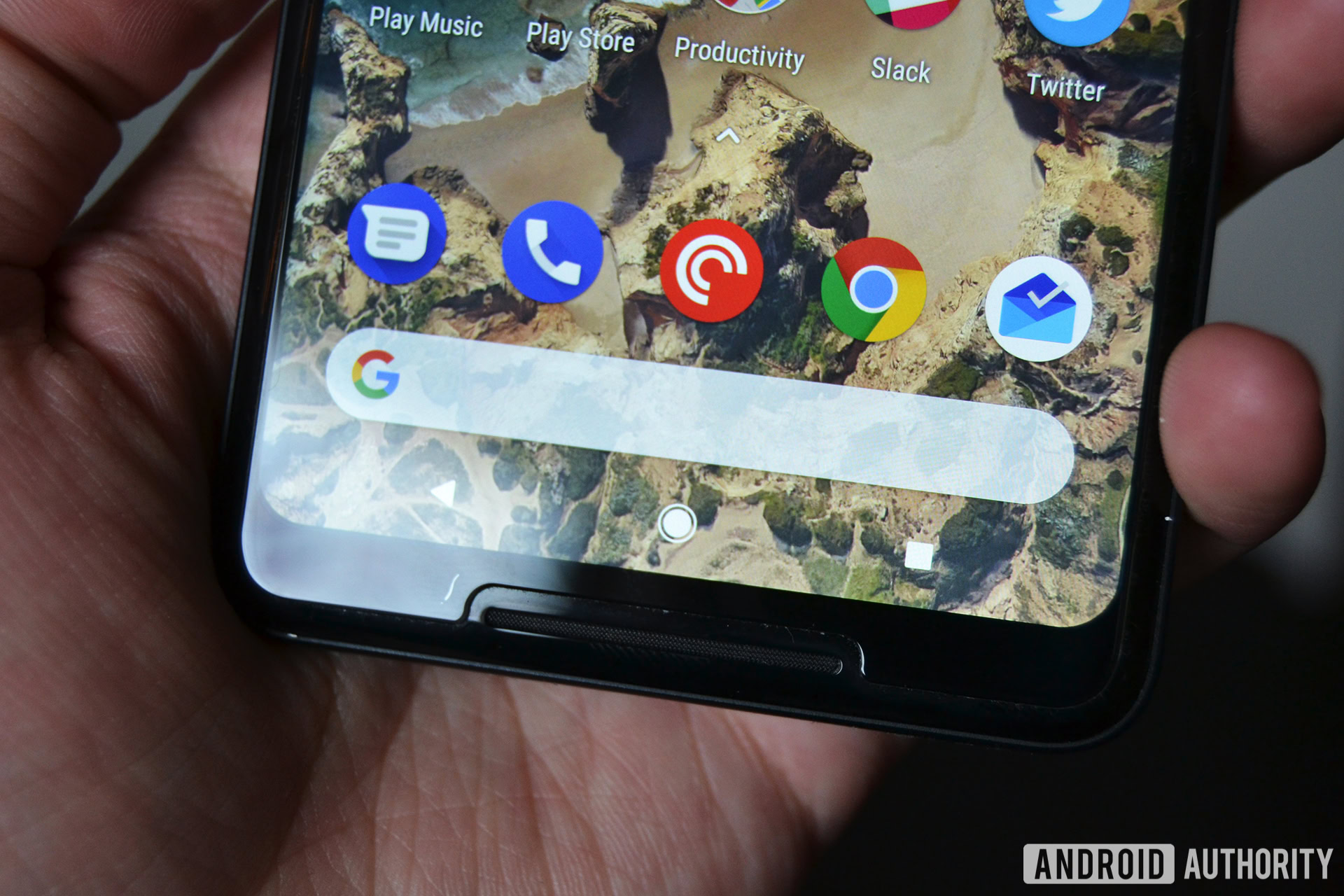
Google is certainly a powerful tech company, but the European Union believes it has become too powerful. In July 2018, the EU hit Google with a massive 4.3 billion-euro (~$5 billion) fine for violating its antitrust rules. Specifically, the EU claims Google forces smartphone companies install Android on their devices to pre-install Google Search and Google’s Chrome browser, and then set both as the default. It claims this cuts out competition from other search and browser apps. The EU also said Google offered incentives to pre-install Google Search, and discourages companies from releasing devices using open-source software based on Android.
Google already said it plans to appeal the EU’s ruling and fine, and CEO Sundar Pichai said the decision does not factor in the competition Android faces in Europe from iPhones. He also claimed Android phone makers don’t have to use Google’s apps or services and can pre-install competing apps from other companies. However, it’s highly unlikely this appeal will reverse the ruling, and that means we could see more smartphone makers in Europe release handsets that do away with many of Google’s apps and services.
Facebook’s many privacy issues and breaches
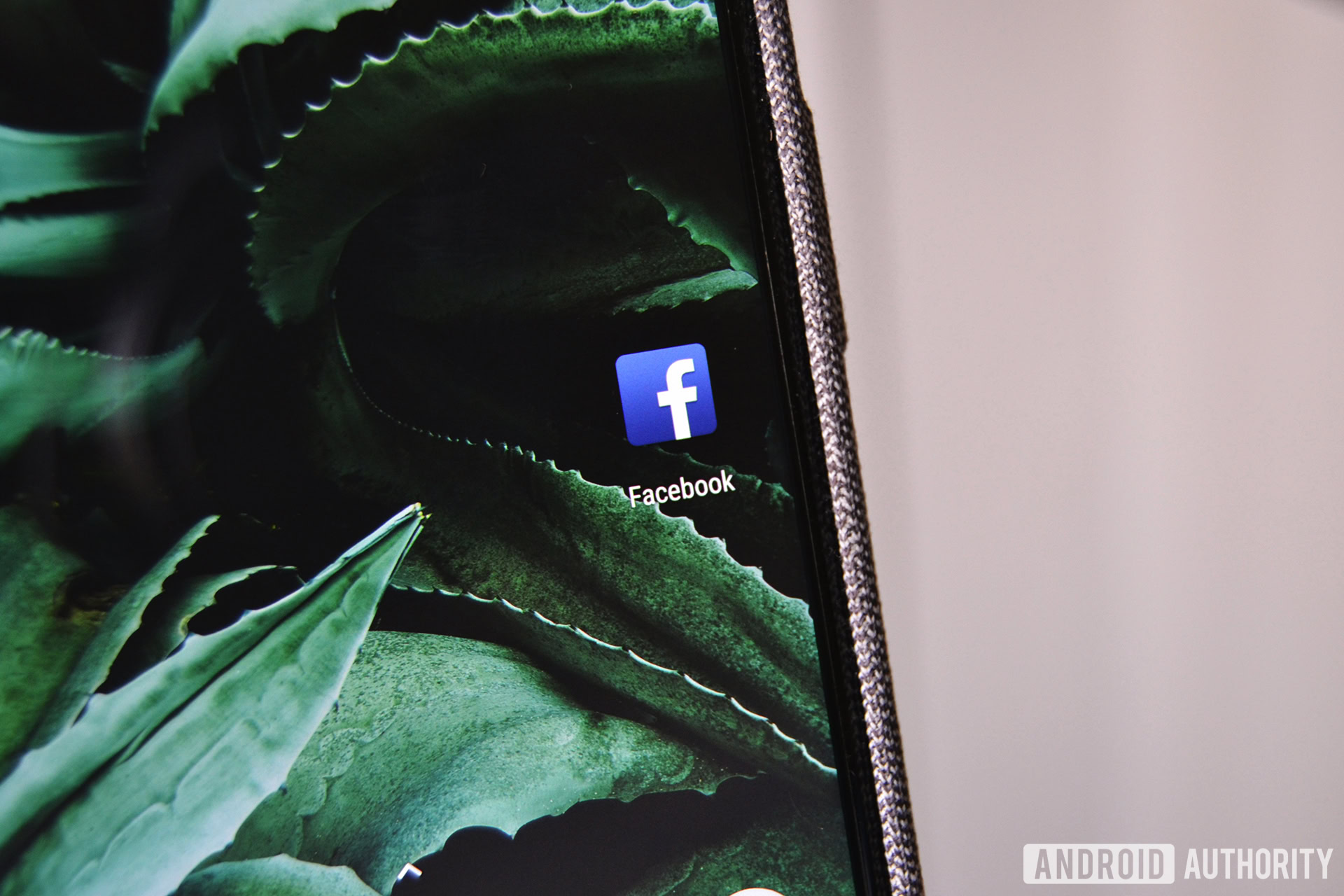
Facebook suffered through a ton of problems in 2018, and most of them were about the social network’s problems with privacy. Indeed, it seemed like the company was tone deaf whenever it answered questions about its privacy policies and data breaches. In March 2018 it was revealed that a company called Global Science Research used a “personality quiz” application on Facebook to acquire data on its users, which it then sold to another company, Cambridge Audio Analytica, for its own social influencing efforts, violating Facebook’s policies. Facebook later admitted as many as 87 million of its users may have been involved in this data breach.
That was just be the beginning of Facebook’s problems. In September, the company said 30 million accounts had been hacked via a security issue. In December, Facebook said that a bug allowed third-party apps to access non-timeline photos of as many as 6.8 million users,
Facebook founder and CEO Mark Zuckerberg testified before both U.S. and European lawmakers earlier in the year over the Cambridge Audio Analytica scandal, but sometimes he didn’t have answers to some of their more basic questions. That has led many in the U.S. government to state more regulations are needed for Facebook and other companies that collect massive amounts of user data. Facebook’s stock price has also plummeted since July of 2018. It remains to be seen if the social network can fully recover from all of these privacy problems.
Essential’s continued problems
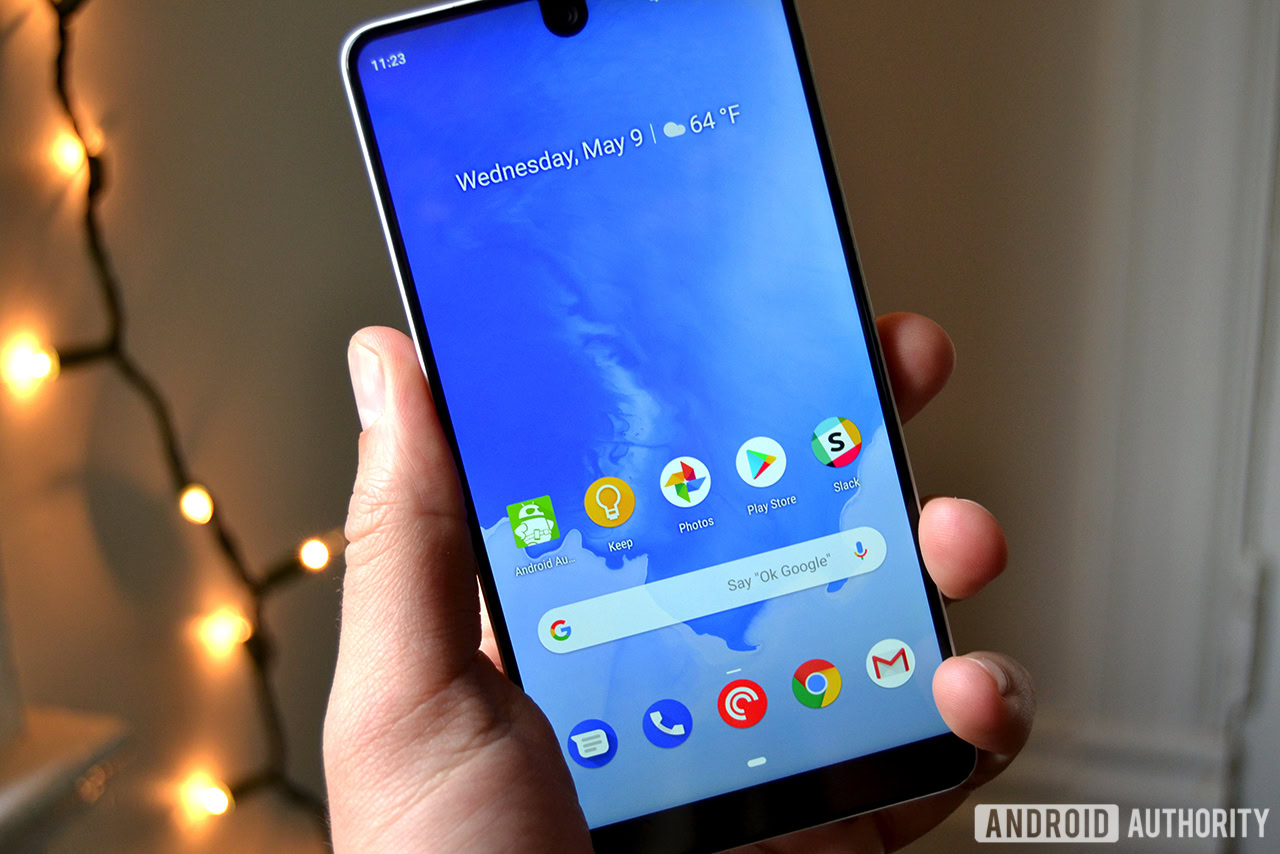
Essential made our blunders list in 2017, thanks mostly to the poor sales of its debut Essential Phone. However, its issues continued into 2018, beginning with a report that the company had decided to cancel the development of a sequel to the Essential Phone. The same report claimed the company, formed by Android co-founder Andy Rubin, was running out of money. In October, the company confirmed a report it had laid off about 30 percent of its workers.
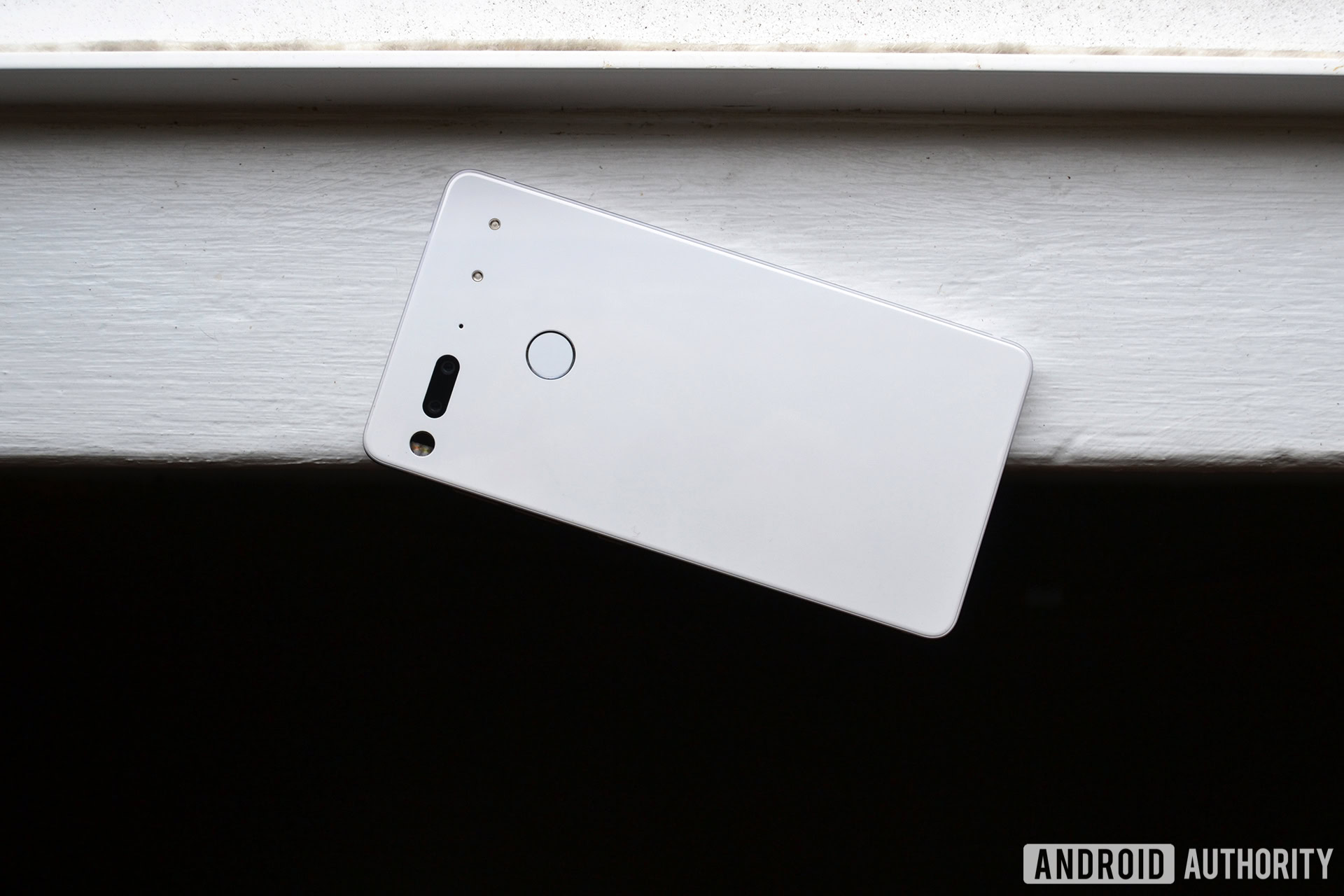
Essential wasn’t helped by more reports on Rubin’s payout by Google when he left the company a few years ago. Google reportedly paid a total of $90 million to Rubin, even though he allegedly had an inappropriate sexual relationship with a female subordinate on his Android team. Rubin claimed in a subsequent Twitter post that the reports were “false” and added that they were made “to disparage me during a divorce and custody battle.”
Essential might stage a comeback in 2019. One report claims the company is working on a new type of smartphone that uses both artificial intelligence and voice commands to handle basic functions like answering emails and text messages, setting up appointments, and more. We will have to see if Essential can come back from a dreary 2018 to have a much better 2019.
Google reveals shutdown plans for Allo and Google+

Google’s messaging and social media platforms are getting makeovers, the company announced in 2018 that it will be retiring both the Allo messaging app and the Google+ network. Allo launched in September 2016 with features like stickers, incognito chats, and a Google Assistant chat bot. It never achieved the adoption numbers Google wanted, and in December 2018 it confirmed the service would shut down in March 2019, with many of its features transferred to the company’s standard Messages app.
The death of Google+ has been expected for a long time, but in 2018 the company finally admitted its failed attempt to compete with Facebook and Twitter will come to an end in 2019. Launched with much fanfare in 2011, Google+ had as many as 500 million users at one point. However, the social network failed to differentiate itself enough from Facebook or Twitter. People have predicted its death as far back as 2014.
Ironically, the discovery of a security bug allowed developers to access data from Google+ users that caused Google to officially announce its official death. While it was supposed to shut down in August 2019, another security issue was found, prompting the company to speed up its plans. Now, Google+ finally closing up shop in April 2019.
The Apple AirPower wireless charging pad is MIA

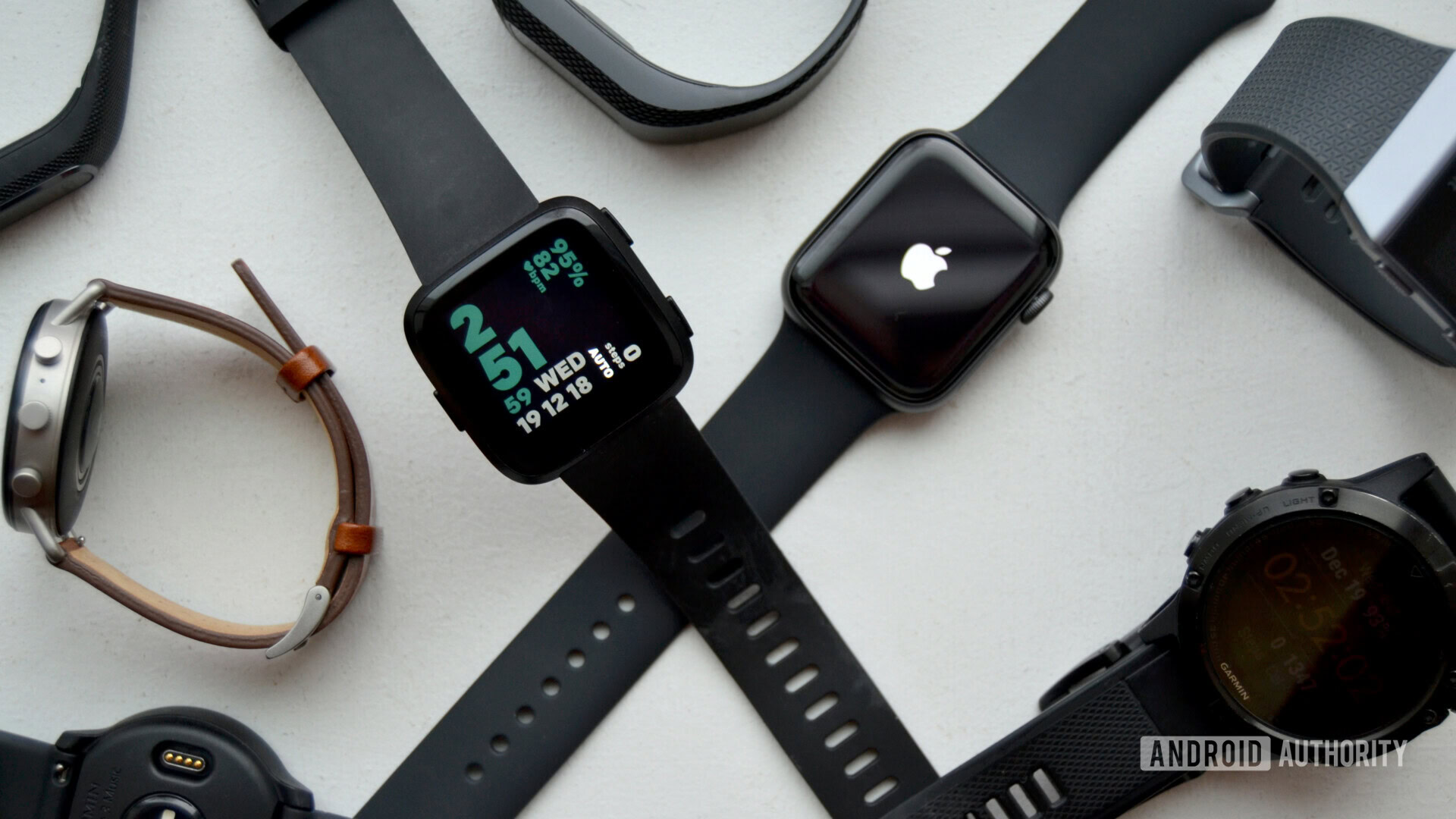
When Apple first announced the iPhone X in September 2017, it also revealed plans to launch the AirPower wireless charging pad. This huge pad was supposed to charge up your iPhone X, your Apple Watch and your AirPod wireless headphones at the same time. That was the last time Apple officially mentioned the product.
The AirPower was supposed to launch sometime in 2018, but Apple’s gone silent on its status. The company made no mention of the AirPower during its 2018 press event for the new iPhone XS, the iPhone XS Max, and the Apple Watch 4. In fact, the company removed almost all mentions of the pad from its official website. That’s not a good sign at all.
While the AirPower pad could launch sometime in 2019, alongside rumored new AirPods, it looks like Apple is trying to keep news about this highly anticipated accessory quiet.
Apple HomePod launch was too expensive and limited in features
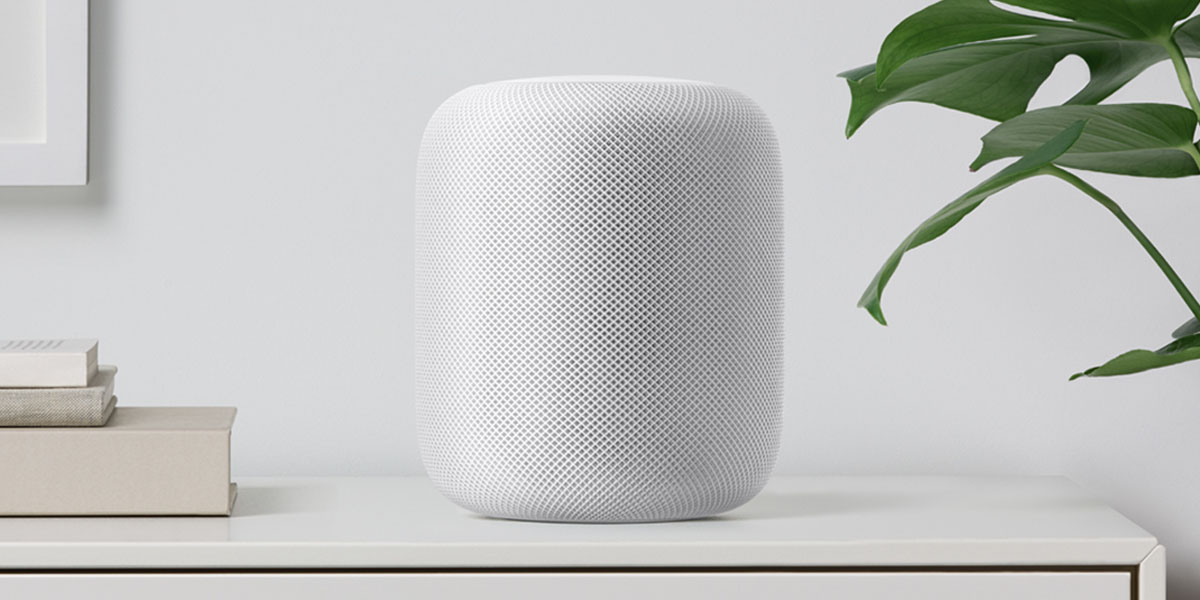
In June 2017, Apple announced plans to launch the HomePod. The company’s first product in the already crowded smart speaker finally launched in February 2018, and was immediately slammed in reviews for its high price. $349 was much higher than competing smart speakers with similar audio quality, like the Amazon Echo Plus and the Sonos One.
Another big issue with the HomePod is that Apple made this Bluetooth 5.0 smart speaker work only with Apple products. You need an iPod or iPad to set up the speaker, and it will only stream audio content from Mac or iOS devices. That means all of those Android phones, tablets, and Windows PCs cannot connect to the HomePod.
Apple cut the price of the HomePod down to $249 for some temporary holiday sales in late 2018, but the speaker is still overpriced for what it can do. Indeed, the Google Home speaker only costs $129 normally, and it was revealed in a recent study to be the best smart speaker, offering the right answers to spoken questions and commands. Add it all up, and the Apple HomePod is just for Apple fans with big budgets, rather than for everyone.
Companies caught faking photos from smartphones

Quite a few companies tried to make their phones look better this year through benchmark cheating techniques. However, in 2018 we also reported on at least two incidents of faking photos from smartphones for marketing purposes. In August 2018, the Brazil division of Samsung posted what turned out to be stock photos on its official Twitter page to promote the front-facing selfie camera on its Galaxy A8 smartphone.
That same month, HUAWEI in Egypt was caught faking selfie photos from a high-end camera as part of a commercial for its Nova 3i smartphone. This was the second time HUAWEI faked smartphone shots. In 2016, it used an image from a high-end camera to promote the HUAWEI P9’s photo features.
It really makes you wonder if there are even more publicity and marketing photos supposedly from smartphones that are, in fact, made by DSLRs and other standalone cameras.
GO90 shuts down after Verizon spends over $1.2 billion on it
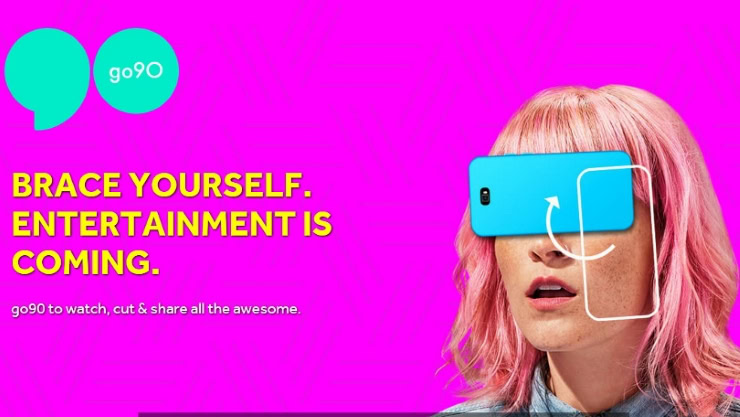
If you spend over $1 billion on a project and shut it down less than three years later, that’s a massive blunder no matter how you slice it. Verizon launched its Go90 video service for wireless customers in late 2015, hoping to capitalize on the popularity of video services like YouTube and Twitch with millennials. It offered original series, short films, and more designed specifically for that audience.
Unfortunately, Go90’s content was just not very good for the most part, as evidenced by the small audience for the service. Just 2.1 million active users checked Go90 out in February 2017, just a fraction of the users found on YouTube and Twitch. On July 31, after reportedly spending over $1.2 billion on the project, Verizon finally shut the doors on GO90. It proves you can’t just launch a product with a silly name and expect it to catch on. You actually have to have good content as well.
Dishonorable mentions
Even with this top 10 list, there were plenty of other major tech and mobile blunders in 2018 we just didn’t have room to include:
- Cryptocurrency bubble bursts: Bitcoin and other cryptocurrency business were riding high at the beginning of 2018. By the end of the year, they had suffered massive losses they may never recover from.
- OnePlus announcing it would be first for the Snapdragon 855: It was exciting to hear the first Snapdragon 855 phone would be made by OnePlus. It turned out that was a mistake, thanks to a translation issue, of all things.
- MoviePass bombs: This monthly or annual subscription to watch movies in a theater for a low price was also doing extremely well at the beginning of the year, but just flat out ran out of money, causing the company to make changes that eliminated most of its great features.
- Elon Musk: He may be one of the richest people in the world, but the founder of Telsa and SpaceX had a number of issues in 2018. That included calling a diver who tried to help the trapped Thai boys soccer team a “pedo guy”, getting fined $20 million over a tweet, and smoking weed publicly on a podcast.
What do you think?
Now we want to hear from you. What are your picks for the most outrageous and dumbest things that happened in tech and mobile over the past year?